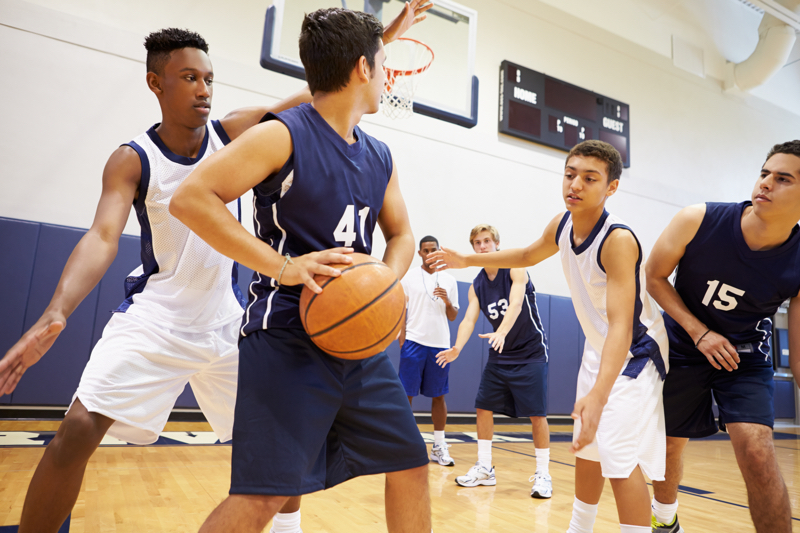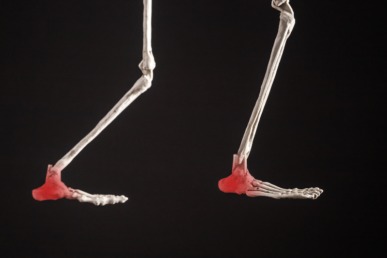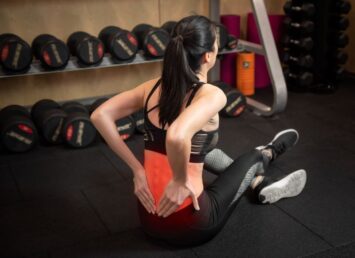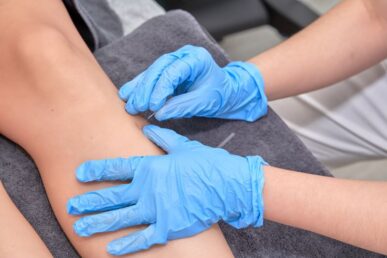Being active in teen sports has many obvious benefits. Aside from improved stamina, strength, flexibility and coordination, youth and teen sports teaches valuable lessons in teamwork, leadership and time management, as well as offering numerous social and educational opportunities.
But along with participating in sports activities comes teen sports injuries, and while some sports are undeniably more dangerous than others, all have the potential for players to get hurt.
The most common teen sports injuries seen in emergency rooms nationwide are acute injuries like sprains, strains, concussions, and fractures. But since year-round participation in select sports became the norm, teen athletes are suffering from overuse injuries at a rate formerly reserved for much older people. Damage to a bones, muscles, ligaments, or tendons caused by repetitive movement tend to come on more subtly and occur over time, so players often play through increasing pain, but not at their optimal level.
Because teen sports injuries can lead to pain during activity, loss of playing time, and even classroom absences, it makes sense to do everything possible to prevent injuries from occurring in the first place. Fortunately there a number of preventative measures you can take to help ensure safe your teen’s participation in sports activities.
* Always warm up and cool down. Starting your workout at a lower intensity increases blood flow to muscles, preparing them for exercise and reducing risk of injury and post-workout soreness. Cooling down allows body temp and heart rate to gradually return normal.
* Incorporate strength training. Weight work — whether free weights or body weight exercises — helps condition the whole body by strengthening muscles, joints and connective tissues used in running, throwing and jumping. To keep muscle from getting tight and short, always go through full range of motion.
* Make flexibility a priority. Regular stretching keeps muscles long and supple for easier overall mobility and greater range of motion. When muscles can glide easily through necessary movements they’re much less likely to strain or tear.
* Practice proper technique. Natural talent with poor form may get impressive results in the short term, but over time results in increased risk for both chronic and acute injury.
* Use appropriate protective gear. Properly fitting helmets and pads dramatically lessen the impact from tackles and falls resulting in fewer injuries to head (brain,) neck and shoulder areas.
* Play multiple sports. This not only helps teens develop better all-around athletic skills, but prevents burnout in their sport of choice and reduces the likelihood of overuse injuries.
* Seek regular sports chiropractic. A chiropractic injury prevention approach includes a functional movement screening with additional sports-specific biomechanics analysis to identify and address deficits in range of motion, muscle strength and flexibility, body alignment and form.
* Pay attention to nutrition and hydration. Proper sports nutrition ensures still- growing teen bodies have adequate energy for optimal training, performance recovery.
* Seeks sports rehab when necessary. Whether a sidelining injury or just pain during activity, chiropractic sports rehab uses non-invasive treatments like myofascial release, pulsed energy technology and acoustic compression therapy, among others, to reduce pain and inflammation and speed healing.
* Rest and repair. Scheduled days off should be part of any effective athletic training program, particularly for high-level athletes. Rest and recovery allows the body time to replenish spent energy stores and repair and strengthen fatigued muscles and tissues.
Your teen athlete deserves every tool available to be the best he or she can be. Give us a call to discuss injury prevention and see how sports chiropractic can help optimize your player’s athletic performance.
BASELINE CONCUSSION TESTING: We recommend baseline concussion testing once a year. Call our office for more details about how to get your teen athlete’s baseline concussion test completed prior to starting sports this year.





